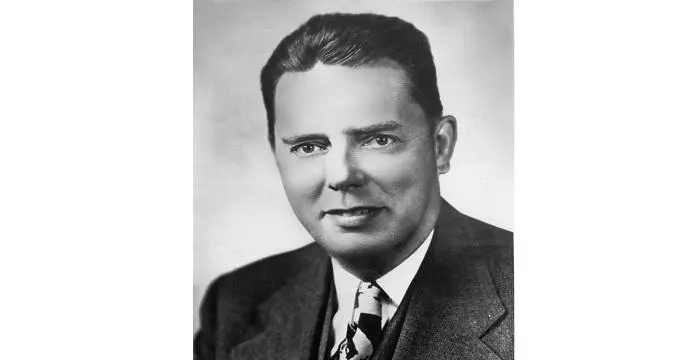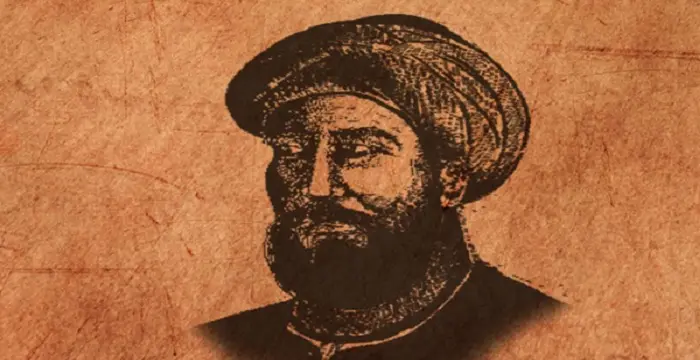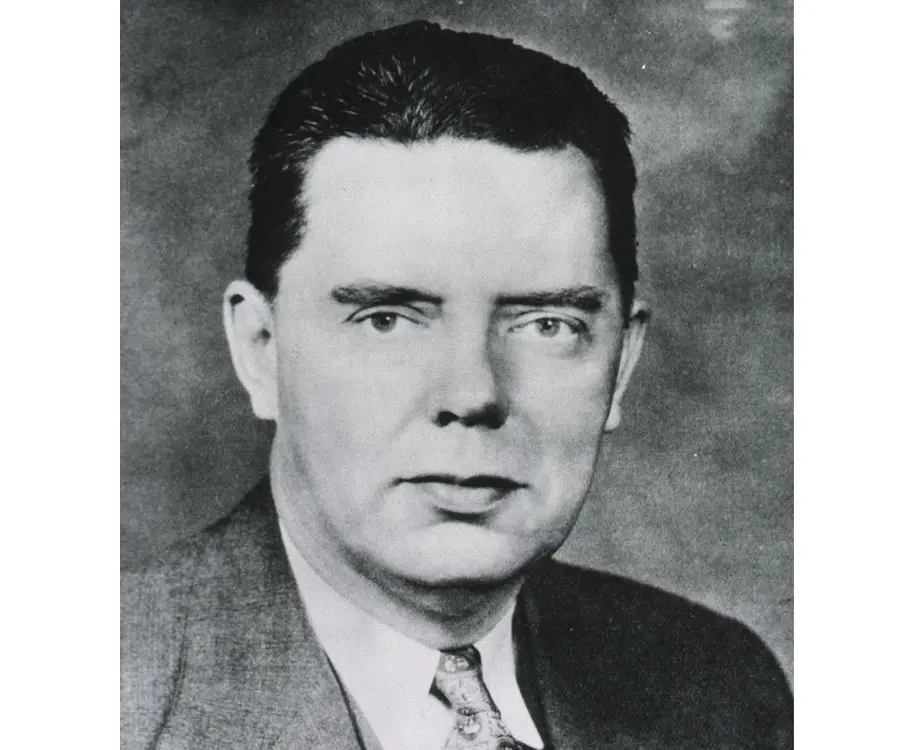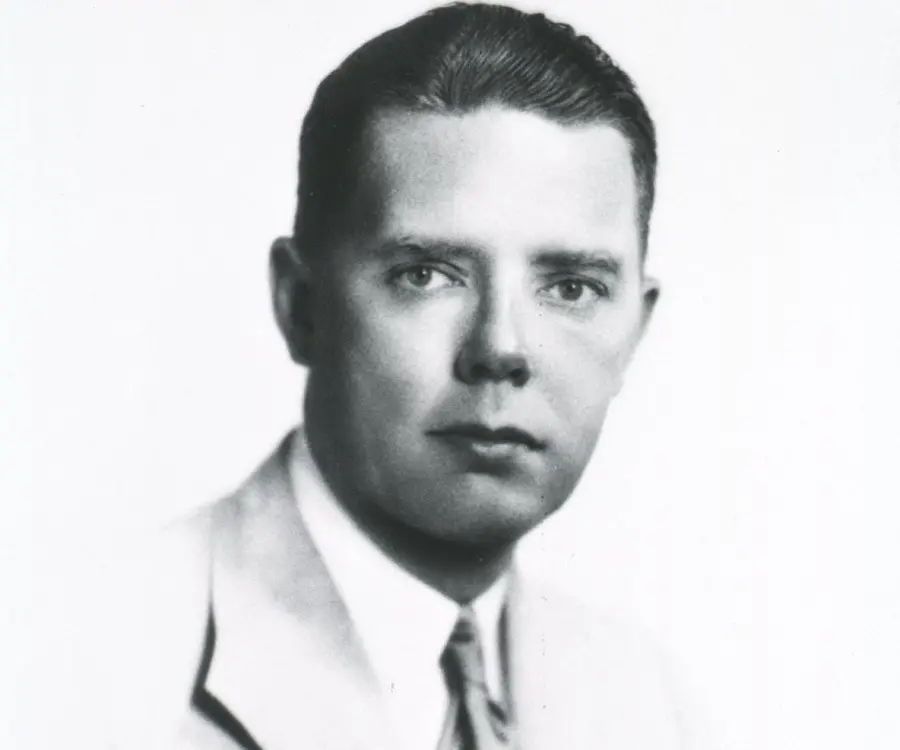
Philip Showalter Hench - Physicians, Career and Life
Philip Showalter Hench's Personal Details
Philip Showalter Hench was an American physician and Nobel laureate who discovered the hormone cortisone
| Information | Detail |
|---|---|
| Birthday | February 28, 1896 |
| Died on | March 30, 1965 |
| Nationality | American |
| Famous | Physicians |
| Birth Place | Pittsburgh, Pennsylvania, United States |
| Gender | Male |
| Sun Sign | Pisces |
| Born in | Pittsburgh, Pennsylvania, United States |
| Famous as | Physician |
| Died at Age | 69 |
// Famous Physicians
Al-Zahrawi
Al-Zahrawi, was an illustrious medieval Arab Muslim physician and surgeon. Check out this biography to know about his childhood, family life, achievements and interesting facts about him.
Jabir Ibn Hayyan
Jabir Ibn Hayyan was a medieval era polymath. Check out this biography to know about his life, works and achievements.
Maria Montessori
Maria Montessori was a physician and educator who developed the approach of Montessori education. This biography of Maria Montessori provides detailed information about her childhood, life, achievements, works & timeline.
Philip Showalter Hench's photo
Who is Philip Showalter Hench?
Philip Showalter Hench was an American physician who was conferred with a Nobel Prize in Physiology or Medicine for his discovery of the hormone cortisone. He shared the prestigious award with his Mayo Clinic co-worker Edward Calvin Kendall and Swiss chemist Tadeus Reichstein. Hench pursued scientific studies early on in his life. He graduated from the University of Pennsylvania with a doctorate degree in medicine. Hench started his professional career as an assistant at the Mayo Clinic and soon rose up to become the Head of the Department of Rheumatology. It was in 1948 and 1949 that the trio of Hench, Kendall and Reichstein made the important discovery relating to the hormones of the adrenal cortex, their structure and biological effects. Throughout his life and career, Hench was bestowed with numerous honors in addition to the Nobel Prize. Interestingly, not many know that in addition to discovering cortisone, Hench had a lifelong interest in the history and discovery of yellow fever. His researched collection on the disease is till date present at the University of Pennsylvania.
// Famous Pisces Celebrities peoples
Christine Baumgartner
Christine Baumgartner is an American model and the wife of famous American actor Kevin Costner. Check out this biography to know about her birthday, childhood, family life, achievements and fun facts about her.
Galina Becker
Galina Becker is a former athlete and fitness model from America. Check out this biography to know about her birthday, childhood, family life, achievements and fun facts about her.
Nikkie De Jager
Check out all that you wanted to know about Nikkie De Jager, the famous Dutch Makeup artist; her birthday, her family and personal life, her boyfriends, fun trivia facts and more.
Childhood & Early Life
Philip Showalter Hench was born to Jacob Bixler Hench and Clara Showalter on February 28, 1896, in Pittsburgh, Pennsylvania.
He completed his formal education from local schools. He then enrolled at Lafayette College, Easton graduating from the same with a Bachelor degree in Arts in 1916.
In 1917, Hench enlisted himself at the medical corps of the United States Army but was transferred to the reserve corps to finish his medical training.
In 1920, Hench gained doctorate degree in medicine from the University of Pittsburgh. Following his doctorate degree, he interned at the Saint Francis Hospital, Pittsburgh for a year before becoming a Fellow of the Mayo Foundation, the graduate school of the University of Minnesota's Department of Medicine.
Career
In 1923, Hench took up the post of an assistant at the Mayo Clinic. Within three years, he was promoted as the Head of the Department of the Rheumatic Diseases.
From 1928 to 1929, he studied at Freiburg University and at the von Müller Clinic, Munich. In 1928, he was appointed an instructor in the Mayo Foundation. In 1932, he became Assistant Professor, in 1935, Associate Professor and in 1947, Professor of Medicine.
At Mayo Clinic, Hench specialized in arthritis. He made detailed observations which led him to hypothesize that steroids had a curative effect on arthritis. They helped in alleviating pain that the disease caused.
In the period between 1930 and 1938, he befriended Edward Calvin Kendall, who had isolated several steroids from the adrenal gland cortex. Together, the two decided to try the effect of Compound E, one of the substances, on rheumatoid arthritis patients. However, they weren’t able to conduct the test successfully until 1948, as Compound E was both costly and its isolation a complicated and time-consuming process.
After his service in the military during World War II, Hench continued his scientific career. In 1948 and 1949, Hench together with Kendall and Swiss chemist Tadeus Reichstein successfully conducted experiments which helped them make discoveries relating to hormones of the adrenal cortex, their structure and biological effects. Their work won them a Nobel Prize in Physiology or Medicine in 1950.
Apart from his scientific work, Hench was one of the founding members of the American Rheumatism Association, and served as its president in 1940 and 1941.
During his lifetime, Hench authored several papers in the field of rheumatology, his contribution mainly in the field of Hygeia and the Annals of Rheumatic Diseases.
In addition to his work on cortisone, Hench also researched on yellow fever. From 1937, he began to document the history behind the discovery of yellow fever. Whatever documents that he collected were posthumously passed on to the University of Virginia by his wife where they are till date present as the Philip S. Hench Walter Reed Yellow Fever Collection
Major Works
Hench’s most significant work came in 1948 and 1949. He, together with Kendall and Reichstein, discovered the hormone cortisone and its application for the treatment of rheumatoid arthritis. This discovery of the hormones of the adrenal cortex, their structure and biological effects were instrumental in finding the cure to rheumatoid arthritis.
Awards & Achievements
For his contribution in the field of physiology or medicine, Hench was awarded numerous awards including Heberdeen Medal in 1942, Lasker Award in 1949 and Passano Foundation Award in 1950.
Hench received the Nobel Prize in Physiology or Medicine in 1950, together with Kendall and Tadeus Reichstein. The trio were awarded for their discoveries relating to the hormones of the adrenal cortex, their structure and biological effects.
He received honorary doctorate degree from various institutions and universities including Lafayette College, Washington and Jefferson College, Western Reserve University, the National University of Ireland and the University of Pittsburgh.
He was made Fellow of the American Medical Association and America College of Physicians.
He holds honorary membership of the Royal Society of Medicine (London) and of rheumatism societies in Argentina, Brazil, Canada, Denmark and Spain.
Personal Life & Legacy
In 1927, Philip S. Hench married Mary Genevieve Kahler. The couple was blessed with four children, two sons and two daughters.
Apart from science, Hench was interested in music, photography and tennis.
He died of pneumonia on March 30, 1965, while on a vacation in Ocho Rios, Jamaica.
// Famous American peoples
Wentworth Miller
Wentworth Miller is an American actor and screenwriter who achieved recognition for his role in the TV series ‘Prison Break’.
Jason Simpson
Jason Simpson is the son of former NFL running back, broadcaster and actor O. J. Simpson. Check out this biography to know about his childhood, family, life, and little known facts about him.
Melissa Brim
Melissa Brim is the ex-girlfriend of former professional boxer Floyd Mayweather Jr. Check out this biography to know about her birthday, childhood, family life, achievements and fun facts about her.
Philip Showalter Hench's awards
| Year | Name | Award |
|---|---|---|
Other | ||
| 0 | 1950 - Nobel Prize in Physiology or Medicine | |
| 0 | 1949 - Lasker-DeBakey Clinical Medical Research Award | |
Philip Showalter Hench biography timelines
- // 28th Feb 1896Philip Showalter Hench was born to Jacob Bixler Hench and Clara Showalter on February 28, 1896, in Pittsburgh, Pennsylvania.
- // 1916He completed his formal education from local schools. He then enrolled at Lafayette College, Easton graduating from the same with a Bachelor degree in Arts in 1916.
- // 1917In 1917, Hench enlisted himself at the medical corps of the United States Army but was transferred to the reserve corps to finish his medical training.
- // 1920In 1920, Hench gained doctorate degree in medicine from the University of Pittsburgh. Following his doctorate degree, he interned at the Saint Francis Hospital, Pittsburgh for a year before becoming a Fellow of the Mayo Foundation, the graduate school of the University of Minnesota's Department of Medicine.
- // 1923In 1923, Hench took up the post of an assistant at the Mayo Clinic. Within three years, he was promoted as the Head of the Department of the Rheumatic Diseases.
- // 1927In 1927, Philip S. Hench married Mary Genevieve Kahler. The couple was blessed with four children, two sons and two daughters.
- // 1937In addition to his work on cortisone, Hench also researched on yellow fever. From 1937, he began to document the history behind the discovery of yellow fever. Whatever documents that he collected were posthumously passed on to the University of Virginia by his wife where they are till date present as the Philip S. Hench Walter Reed Yellow Fever Collection
- // 1940 To 1941Apart from his scientific work, Hench was one of the founding members of the American Rheumatism Association, and served as its president in 1940 and 1941.
- // 1948 To 1949Hench’s most significant work came in 1948 and 1949. He, together with Kendall and Reichstein, discovered the hormone cortisone and its application for the treatment of rheumatoid arthritis. This discovery of the hormones of the adrenal cortex, their structure and biological effects were instrumental in finding the cure to rheumatoid arthritis.
- // 1950Hench received the Nobel Prize in Physiology or Medicine in 1950, together with Kendall and Tadeus Reichstein. The trio were awarded for their discoveries relating to the hormones of the adrenal cortex, their structure and biological effects.
- // 30th Mar 1965He died of pneumonia on March 30, 1965, while on a vacation in Ocho Rios, Jamaica.
Philip Showalter Hench's FAQ
What is Philip Showalter Hench birthday?
Philip Showalter Hench was born at 1896-02-28
When was Philip Showalter Hench died?
Philip Showalter Hench was died at 1965-03-30
Where was Philip Showalter Hench died?
Philip Showalter Hench was died in Ocho Rios, Jamaica
Which age was Philip Showalter Hench died?
Philip Showalter Hench was died at age 69
Where is Philip Showalter Hench's birth place?
Philip Showalter Hench was born in Pittsburgh, Pennsylvania, United States
What is Philip Showalter Hench nationalities?
Philip Showalter Hench's nationalities is American
What is Philip Showalter Hench's sun sign?
Philip Showalter Hench is Pisces
How famous is Philip Showalter Hench?
Philip Showalter Hench is famouse as Physician










